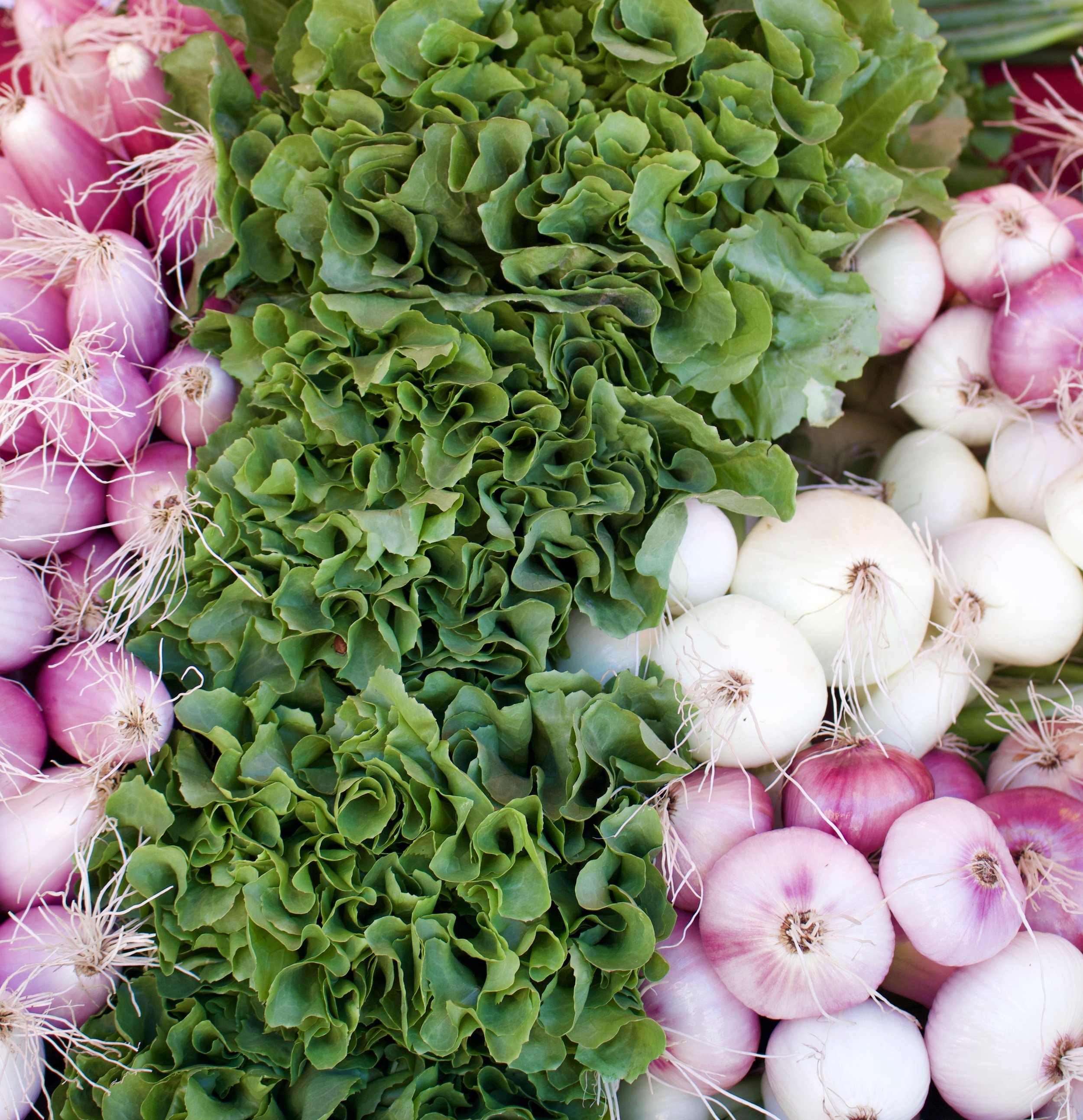Big News! The Mediterranean Diet was named the top diet for 2019 by the US World News and World Report. Need help following A Mediterranean Diet?
The Anti-Inflammatory Kitchen Cookbook can help! The Book is based on foods commonly found in the Mediterranean Diet, which are also low in histamine and anti-inflammatory.
January is the season for resolutions and is a nice time to start new healthy habits. The goal is to find some healthy habits that you can maintain throughout the year. One of my favorite resolutions is to Eat More Plants. We know that fruits, vegetables, beans, whole grains, nuts and seeds are rich in anti-inflammatory phytonutrients, healthy vitamins, minerals and fiber. Plants are the basis for an anti-inflammatory diet because the phytonutrients in vegetables, fruits, nuts, seeds and whole grains decrease inflammation in the body. Plant rich diets have been shown to decrease inflammation, reduce high blood pressure, and reduce the risk for heart disease, diabetes and some cancers. Along with phytonutrients, plants give you a healthy dose of fiber to help reduce cholesterol and keep your colon healthy.
So how can we make and keep our resolution to eat more plants? Below is a sample meal plan to help you on your way! The plan below will get you 10-11 servings of veggies and/or fruits in a day!
Goal: Eat 9-11 servings of fruits and vegetables per day
(A serving size equals - 1/2 cup cooked vegetables, or 1 cup raw vegetables, or 2 cups of leafy greens)
Breakfast:
Choose a smoothie! Use 2C of fruit and 1/2C veggies like spinach or even carrots. Use a plant based milk and protein powder or add chia seed and flax seed for protein and good fats and fiber. (2.5 servings fruits/veggies)
1C Sweet potato hash with eggs (2 servings veggies)
Egg sandwich with arugula, sautéed onions and avocado + 1 apple (2 servings fruit/veggies)
Lunch:
4C salad with greens and chopped veggies and 4oz lean protein + 1C berries (4 servings fruit/veggies)
Vegetable soup with beans (2C) + 1 serving whole grain crackers + 1 mango (3 servings fruits/veggies)
Rice noodles with veggies (1C) + pesto + 1 apple (3 servings fruits/veggies)
Snack: (1-2 servings fruit/veggies per choice below)
Veggies and hummus
Freeze dried fruit
Fruit with nut/seed butter
Sweet potato chips (a bit of a cheat I know!)
Dinner:
1C roasted brussel sprouts, 4oz salmon, 1C cauliflower rice (4 servings veggies)
Turkey meatballs with 2C spaghetti squash and sauce (4 servings veggies)
Chicken and veggie stirfry (2C veggies) over brown rice (4 servings veggie)
Tip: use starchy veggie replacements like spaghetti squash or zucchini noodles instead of pasta or riced cauliflower instead of rice to help boost your veggie servings even more!
Hopefully this plan helps to give you some ideas of how to get more plant foods in your day! Pre-order a copy of The Anti-Inflammatory Kitchen Cookbook today!
Eat for your health!
Sources:
1) Anti-inflammatory effects of plant-based foods and of their constituents. https://www.ncbi.nlm.nih.gov/pubmed/19685439
2) A plant-based diet for the prevention and treatment of type 2 diabetes. https://www.ncbi.nlm.nih.gov/pmc/articles/PMC5466941/
3)https://www.cnn.com/2019/01/02/health/mediterranean-best-diet-2019/index.html










